April 16, 2025 | 03:40 GMT +7
April 16, 2025 | 03:40 GMT +7
Hotline: 0913.378.918
April 16, 2025 | 03:40 GMT +7
Hotline: 0913.378.918
Son La is bursting with joy in the early months of 2022, as farmers begin sowing the new passion fruit crop after leaving the land to rest for an extended period due to last year's epidemic breakout.

According to Mr. Luong Van Chien, Nhat Bo Lanh village, Chieng Sung commune (Mai Son), this year is considered as the starting year to revive the passion fruit areas after the end of devastating epidemics. Photo: Trung Quan.
Mr. Luong Van Chien, of Nhat Bo Lanh village in the Chieng Sung commune (Mai Son district), was one of the first passion fruit producers. He added that farmers were compelled to suspend production and let the land relax before returning to passion fruit farming due to an epidemic breakout in the fruiter in 2019.
Farmers had no idea what the epidemic is; some referred it to powdery mildew. Some trees were seen to leave curl, shriveled fruits and deteriorate in strength. Then they identified it as passion fruit woodiness virus (PWV), which swiftly spread to almost all passion fruit growing areas and was previously incurable.
Chien stated that this year marks the "reemergence" of the passion fruit area, which was devastated by the virus. As a result of the previous lesson, farmers are being cautious with the new crop, starting with seedlings, field plowing, and care...
"All trees in the affected region have been removed, the field has been cleared of weeds, and powdered lime has been applied to cure pathogens following the end of the exploitation cycle. While some households abandon the land entirely, the majority shift to cultivating corn, vegetables, and other crops within 1-2 years in order to avoid diseases and gain additional revenue while waiting for the next batch of passion fruit," Chien explained.
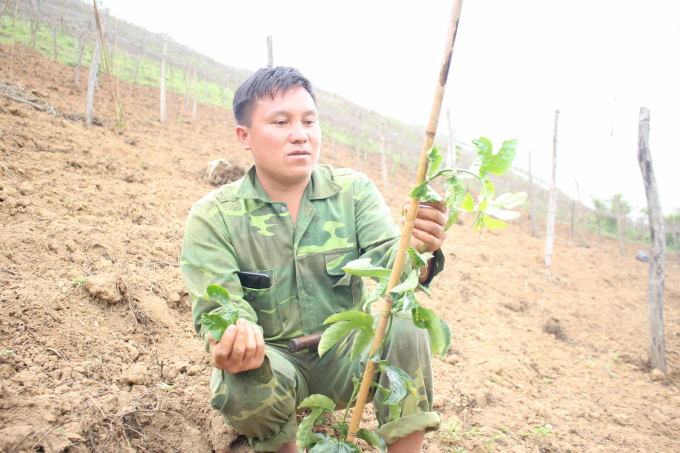
People in Phieng Cai village, Long Sap commune (Moc Chau) constantly visit newly planted passion fruit gardens, trees showing signs of disease will be removed and the new one is planted instead Photo: Trung Quan.
Additionally, farming households are completely exploiting the new land area for passion fruit growing. Mr. Chien planted 130 new roots, which are growing and should be ready for harvest in June.
To verify the fruit trees' quality, he and others preferred to purchase seeds directly from the Nafoods Tay Bac firm rather than purchasing unidentical seeds. MARD recognized and licensed the former. Although it is sold at a greater price of VND 27,000 per tree than other wholesalers, the quality is completely assured.
In Moc Chau district, farmers of Long Sap and Truong Son communes among others are rushly seeding the new passion fruit crop.
Mr. Trang A Tua, head of Phieng Cai village in Long Sap commune, said that the village currently cultivates 40 ha of passion fruit, including 30 ha added in February.
He evaluated that passion fruit tree appropriates to hilly soil, requires less care and not too much perfect on the outlook as it is purchased by Nafoods Tay Bac company for processing. Farmers earn around VND 120-140 million per hectare from the cultivation, which is three to four times the amount earned from corn and cassava production.
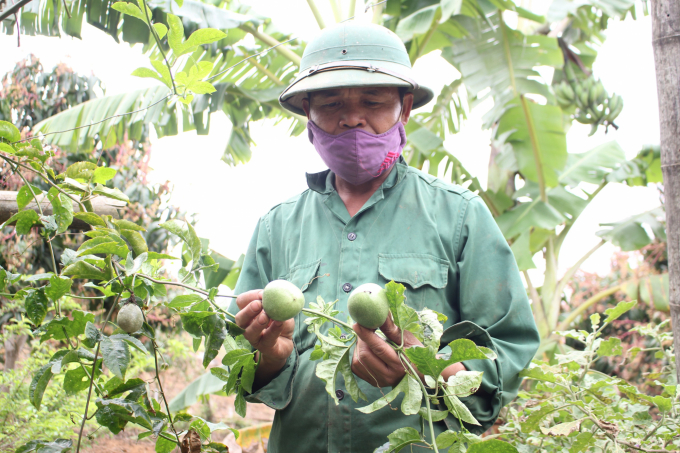
After a long period of the disease, the people of Son La have now learned many valuable lessons, especially the selection of quality varieties. Photo: Trung Quan.
Pieng Cai officials worked directly with the Nafoods Tay Bac enterprise to get high-quality seeds to distribute to farmers for the new harvest of passion fruit.
Mr. Tua, on the other hand, is concerned about the unoriginal passion fruit seedlings that are popularly sold on social media at varying rates. The dealers guarantee the seedlings' quality and provide after-sales support comparable to that of large entities, but true quality cannot be determined until the trees develop.
"As for seedlings of unknown origin, there is still a risk of disease outbreaks, and the prices of scaffolding, fertilizer, and soil improvement materials are increasing, so if you are not careful, there will be another outbreak of disease like before," expressed concern Mr. Trang A Tua, Phieng Cai village head.
Along with passion fruit, the Son La Provincial People's Committee established a series of policies and guidelines aimed at promoting the association and growth of fruit material regions in order to satisfy the requirements of firms engaged in purchasing, exporting, and processing. The highlight is the mango and pineapple raw material areas grown to distribute to Dong Giao Export Food Joint Stock Company (Doveco).
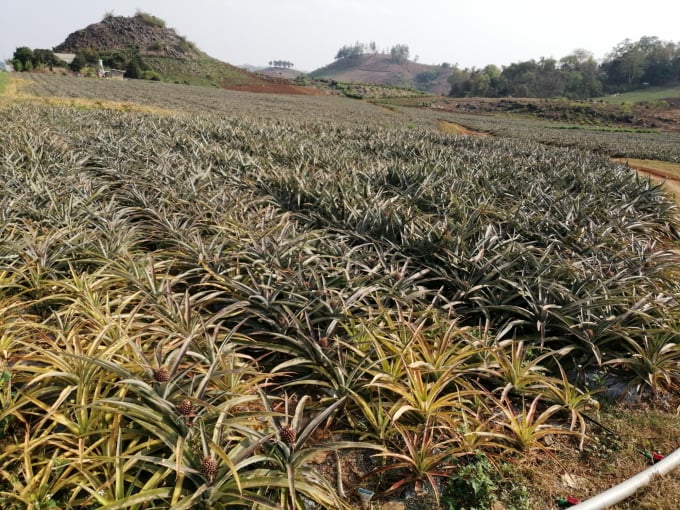
Doveco's pineapple material area in Chieng Sung commune (Mai Son, Son La) has begun to bear young fruit, which is expected to give good results in the first harvest in Son La land. Photo: Trung Quan.
Mr. Nguyen Thanh Tung, director of Doveco's affiliate branch in Son La, stated that the Doveco Son La veggies processing center is scheduled to open in May 2022 with a capacity of 52,000 tons of products, which equates to 300-350,000 tons of raw materials of various types every year.
Currently, the firm is establishing relationships with cooperatives in order to expand its raw material regions, which include 270 hectares of pineapples, 140 hectares of passion fruit, 200 hectares of sweet corn, and soybeans. Because pineapple is a relatively new plant to the people of Son La, the firm provides seedlings and ensures product consumption.
Mr. Tong Van Toan, Director of Toan Duyen Cooperative in Phoi village, Nam Lanh commune (Sop Cop, Son La), stated that the cooperative would begin growing pineapple raw materials for Doveco in May 2021. At the moment, the entire pineapple region is thriving, expanding and developing rapidly, and generating young fruit. The region is scheduled to enter harvest crop in late September or early October, with an expected yield of around 40 tons/ha.
Doveco has committed to purchasing all products at a minimum price of VND 4,800 per kg; after deducting the cost of seed investment, fertilizer, and land preparation (approximately VND 80-90 million per ha), the cooperative is estimated to earn a profit of VND 100-120 million per ha in the first year. Without seed investment, this profit will climb significantly in the following years.
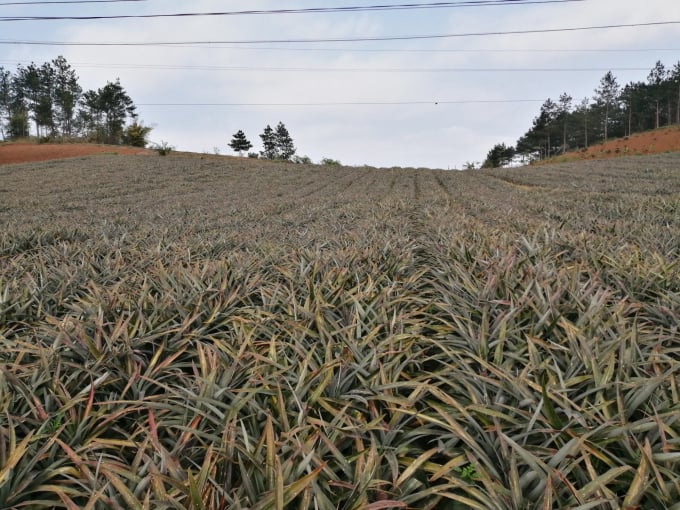
Pineapple is a new fruit tree that brings many expectations to Son La people. Photo: Trung Quan.
The mango material region in the Mai Son district (Son La) is flowering and yielding fruit, preparing to supply material for export and processing businesses.
Mr. Nguyen Khac Hao, Head of Mai Son Agriculture and Rural Development Office, stated that by the end of 2021, the district's fruiter area would exceed 10,8000 ha (12.8 percent of the province's total fruiter area), producing 70,000 tons of fruits (16 percent of the province's total fruit output), with more than 2,300 hectares available for harvesting.
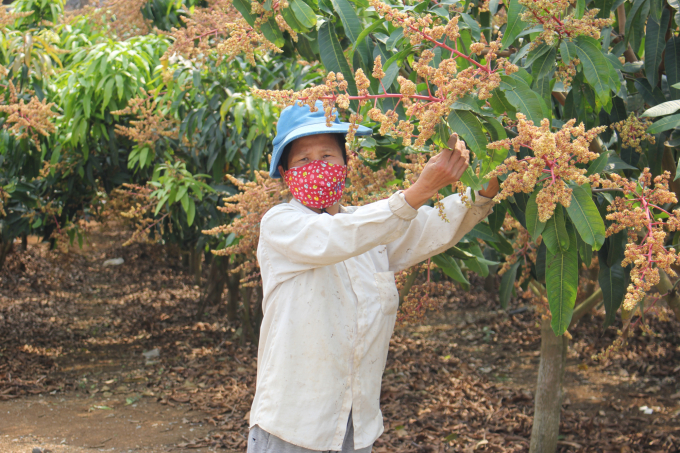
In the mango crop in 2022, Mai Son district is expected to have an output of 24,000 tons and an export output of 8,700 tons. Photo: Trung Quan.
Mango output is predicted to reach 24,000 tons in 2022, with exports reaching 8,700 tons. From February 19 to 25, the influence of cold air mixed with rain and downpours impacted the fruit-bearing rate of numerous mango areas. However, as the weather conditions improve, people have quickly sprayed protectants and taken care of them, so it is believed that output will remain relatively stable, providing a sufficient supply of raw materials for processing companies.
According to Mr. Nguyen Ngoc Dung, Director of the Ngoc Lan Cooperative in Hat Lot Commune (Mai Son District), the cooperative now cultivates 100 hectares of mango, longan, and pineapple. In 2022, the cooperative formed an affiliation with Doveco Son La with the purpose of supplying 150 tons of pineapples and 15 tons of mangoes for processing.
According to Mr. Dung, pests and diseases such as anthracnose, mealybugs, and fungus are now adequately controlled in the cooperative's mango region, ensuring the amount and quality of materials supplied to the processing facility in accordance with the contractual arrangement...
Translated by Linh Linh
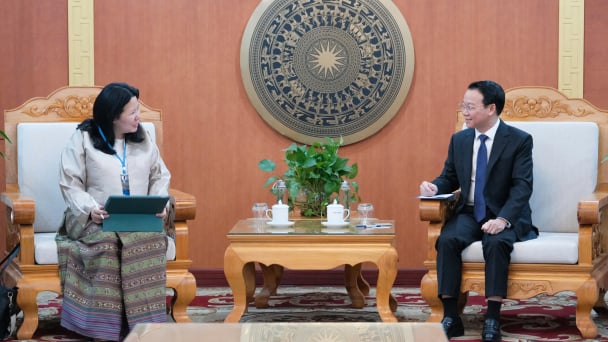
(VAN) On April 15, Minister of Agriculture and Environment Do Duc Duy hosted Ms. Dechen Tsering, Regional Director of the United Nations Environment Programme (UNEP) Asia-Pacific.
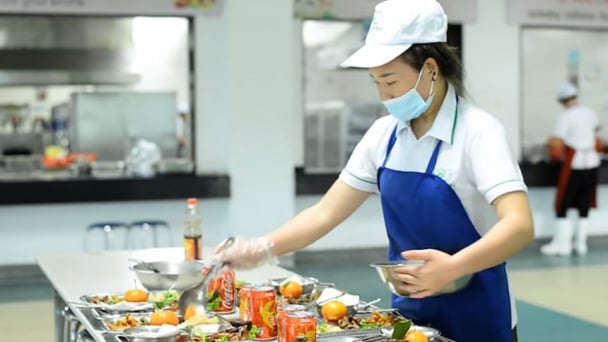
(VAN) The Ministry of Agriculture and Environment and the Ministry of Industry and Trade, in coordination with relevant ministries and agencies, have established five inter-sectoral inspection teams to conduct inspections in 10 provinces and cities.
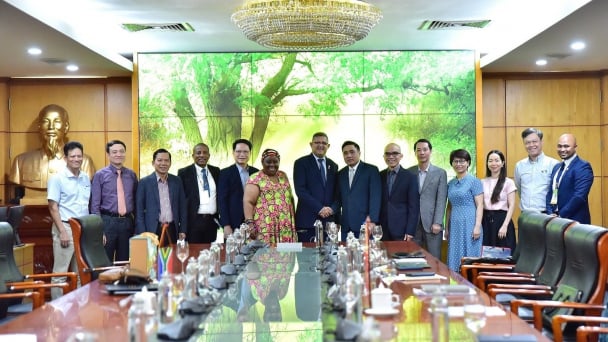
(VAN) South Africa commits to working with Vietnam to conserve biodiversity, promote a just energy transition, manage marine areas, and develop sustainable aquaculture.
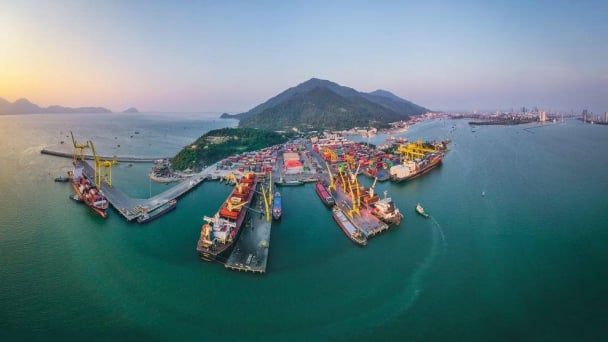
(VAN) Vietnam Agency of Sea and Islands has proposed that the MAE organize the Vietnam Sustainable Maritime Economy Development Forum in 2025.
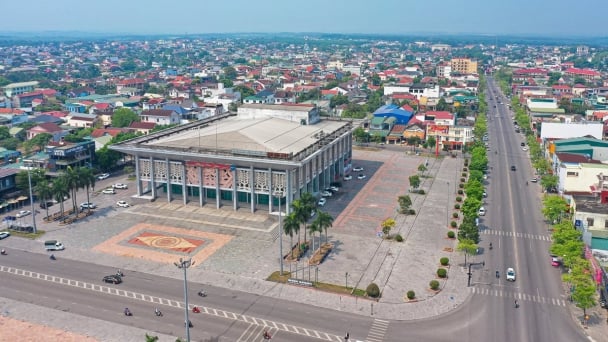
(VAN) Deputy Prime Minister Nguyen Hoa Binh has just signed a decision approving the Project to organize administrative units at all levels and build a two-tier local government structure.
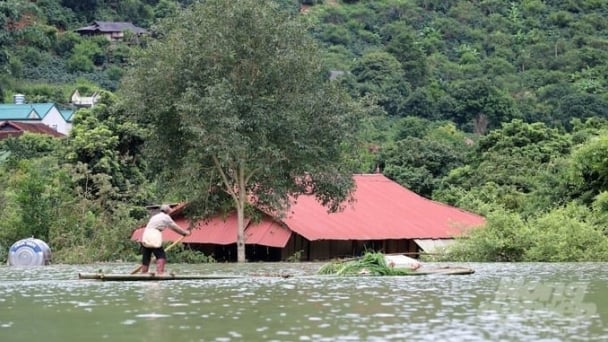
(VAN) This is an important goal that the UN-Habitat organization of the United Nations is implementing in Son La, aiming to respond to climate change and reduce disaster risks.
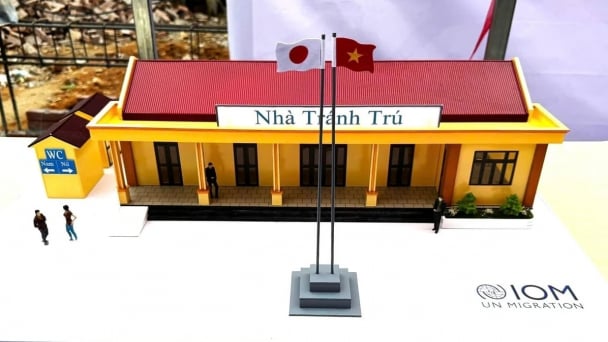
(VAN) In the context of increasingly complex climate change, the International Organization for Migration (IOM) is committed to supporting Vietnam in developing safe and sustainable migration models.